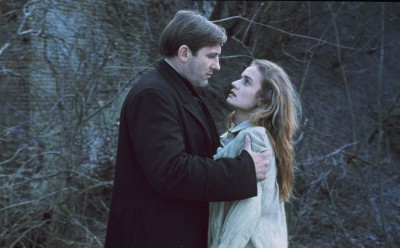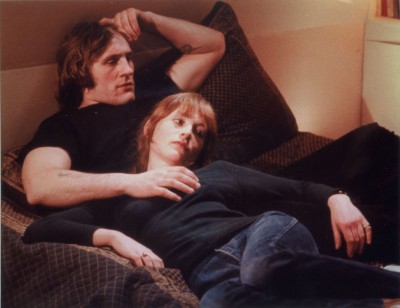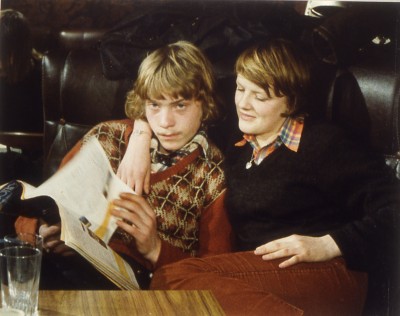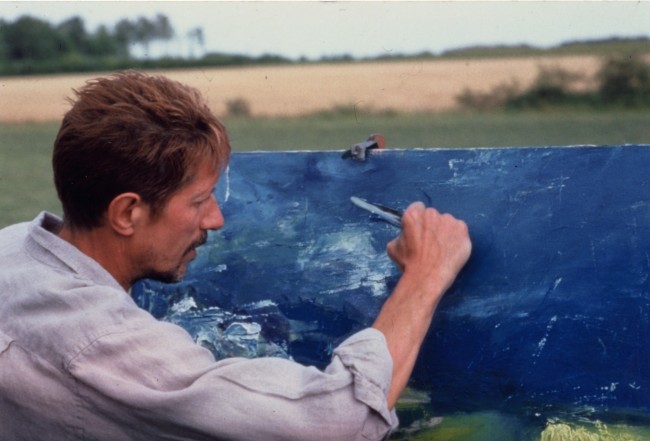Please note: On Sunday, 11/29, at the Fine Arts, THEEB screens at 1:50pm only. THEEB screens on a full schedule on Friday, and Sunday through Thursday. Check showtimes here: http://www.laemmle.com/films/40117
After winning acclaim and awards at the best film festivals on five continents, Jordan’s official submission to the Oscars, THEEB , begins engagements at the Playhouse, Town Center and Fine Arts on the day after Thanksgiving. Writing in Variety, Jay Weissberg called it “a classic adventure film of the best kind, and one that’s rarely seen these days.”
It’s 1916. While war rages in the Ottoman Empire, Hussein raises his younger brother Theeb (“Wolf”) in a traditional Bedouin community that is isolated by the vast, deadly desert. The brothers’ quiet existence is suddenly interrupted when a British Army officer and his guide ask Hussein to escort them to a well located along the old pilgrimage route to Mecca. So as not to dishonor his recently deceased father, Hussein agrees to lead them on the long, treacherous journey. The young, mischievous Theeb secretly chases after his brother, but the group soon find itself trapped amidst threatening terrain riddled with Ottoman mercenaries, Arab revolutionaries, and outcast Bedouin raiders. Naji Abu Nowar’s powerful and assured directorial debut, set in the land of Lawrence of Arabia, is a wondrous “Bedouin Western” about a boy who, in order to survive, must become a man and live up to the name his father gave him.
“A beautifully simple and stunningly elegant film – that can be seen as something of a companion piece to Lawrence of Arabia – Naji Abu Nowar’s delightful THEEB is a striking film, old-fashioned in tone and structure but always watchable and modestly powerful.” – Mark Adams, Screen Daily
“It is a spectacularly epic film with a wonderfully intimate human story. It possesses everything that allows me fall in love with cinema, again and again…THEEB is…the kind of film that grabs a hold of you and doesn’t let go.” – E. Nina Rothe, Huffington Post




